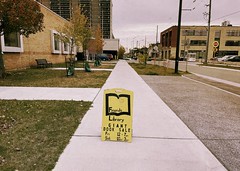Washing Up
Kate Donkin
Washing up. It’s the most humble of meal-related chores. After the anticipatory pleasures of shopping, preparing and serving the meal—after the culmination of eating the meal—comes what is for many people the least appealing facet of the process. And yet, if undertaken with the right mindfulness, washing up has its own special beauty.
Washing up is the only part of the meal that isn’t burdened with the thought of what comes next. You shop with the thought preparing the meal, you prepare the meal with the thought of eating it, you eat it and when you push the plate away and set down your fork, some part of your mind is thinking about having to wash up. But when you finish the washing up, you’re free. You can pour yourself a cognac, put your feet up, read a book or watch television without any niggling thought or worry that there is still more to do.
Washing up is an act of utmost simplicity and unparalleled clarity. There’s no ambiguity in washing up; a dish is either clean or it’s not. You begin the washing up with a stack of dirty dishes and a sink of warm, welcoming sudsy water. At the end, you have clean dishes. There’s a certain satisfaction in that, a small but very real sense of accomplishment. Washing that last dish is like coming home. Now you can relax.
Blog photograph copyrighted to the photographer and used with permission by utata.org. All photographs used on utata.org are stored on flickr.com and are obtained via the flickr API. Text is copyrighted to the author, greg fallis and is used with permission by utata.org. Please see Show and Share Your Work








